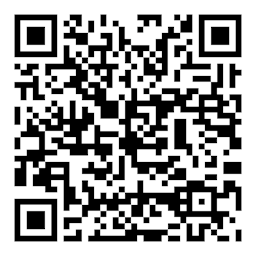Case Study: U.S. District Court
Ricoh helped a U.S. District Court digitize more than 100,000 legacy paper case records.
About the customer

This U.S. District Court located in a major Midwest city is one of 94 U.S. District Courts. It's a trial-level court with jurisdiction over many counties in the state that hears cases about both civil and criminal matters that fall under Federal law.
In a quick 60-day turnaround, we digitized approximately 1.6 million pages of legacy case records for the Court.
Challenge

Mountains of legacy paper records
Records consumed valuable space
No possibility to expand in existing space
Time- and labor-consuming process to prepare paper records for NARA storage
The District Court was sitting on a mountain of legacy paper records covering decades worth of court proceedings. These paper records were consuming valuable space in a back-office repository — at a time the Court was in need of more space. Adding onto the existing space wasn't an option. Per a Presidential directive, the Court couldn't add more square footage unless it was used to provide additional services.
The Court could send its paper records to the National Archives and Records Administration (NARA) for long-term, offsite storage. But the department staff wanted to avoid the time-consuming, labor-intensive process of preparing its records to be sent to NARA.
Solution
The Court was very impressed with our accuracy rate during spot checks.
Scanned and indexed records onsite at the courthouse
Prepared documents, determined index values and enabled OCR
Conducted a successful small batch trial
Created a scanning solution not connected to the Court network
The Court wouldn't allow us to take any of its case files offsite. If any of the records were lost, the court clerk could be personally held accountable. We adapted to the Court's wishes and went onsite with a team of eight people to perform scanning and indexing. We shipped preconfigured pods to the courthouse with scanners and all the equipment needed to digitize its legacy case records. Prior to starting, we worked with records department employees to prepare the documents, determine the index values and ran OCR so the documents would be searchable.
The Court first wanted to conduct a trial with a small test batch of records to prove we could ensure accuracy throughout the process. After we processed the test batch, the Court did extensive spot checking and was very impressed with our accuracy. This gave the Court confidence to let us proceed with scanning and indexing the remaining case records.
Also, for security purposes, the Court wouldn't allow us to connect to its network in any way. To work around this, we brought in equipment and software that wasn't plugged into anything government related. We could then scan records onsite, put them on disks and immediately hand the digital files over to the Court to upload into a searchable database.

Results
1.6 million pages digitized in 60 days
Valuable space freed up
Searchable database to find case records
In a quick 60-day turnaround, we digitized approximately 1.6 million pages of legacy case records. Now, the Court has freed up valuable space that no longer needs to house paper documents. In addition, when a legacy case file is requested and needs to be pulled, the records department can quickly search through its database to find it rather than hunting through paper files.
